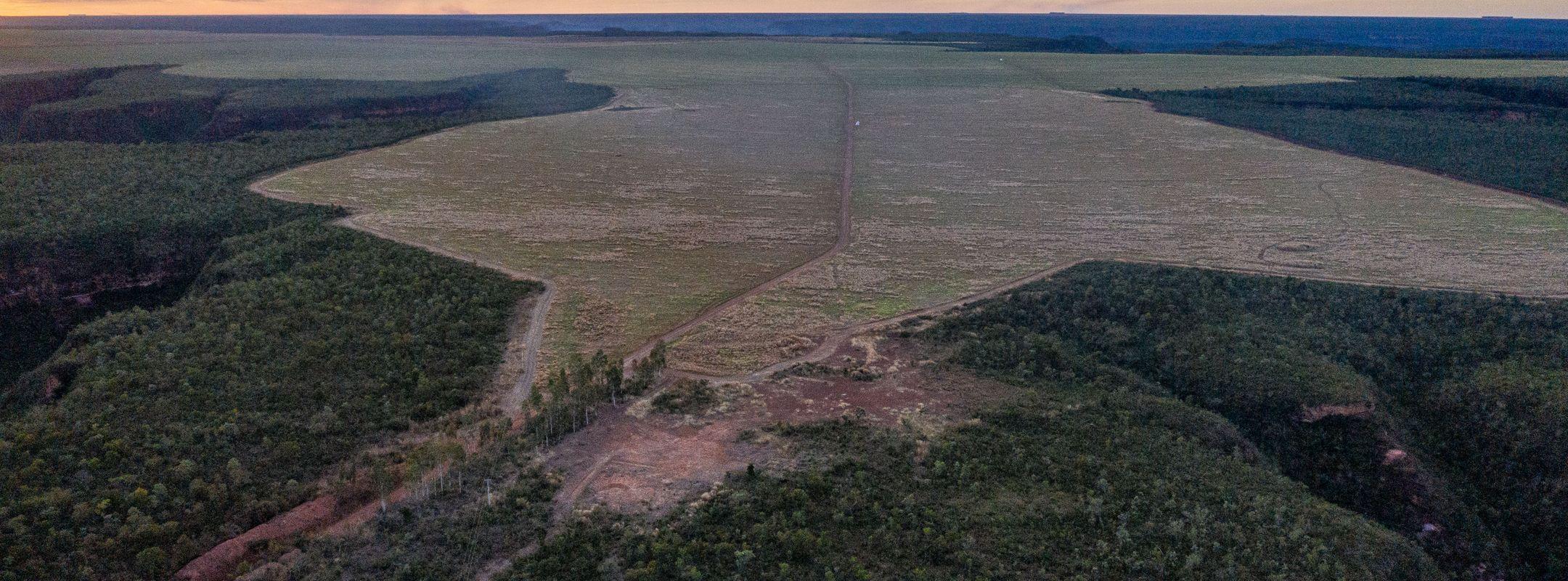Beyond forests: traders face EU regulatory risks from soy expansion in Brazil
21 Mar 2023
6 min read
Also in:
Português brasileiroSoy traders are more exposed to the conversion of Brazil’s savannah and grassland habitats than they are to forests. As the EU considers including other ecosystems in its new due diligence legislation, Trase analysis reveals which traders face the biggest regulatory risks.

A soy plantation in the Brazilian Cerrado (Victor Moriyama/Rainforest Foundation)